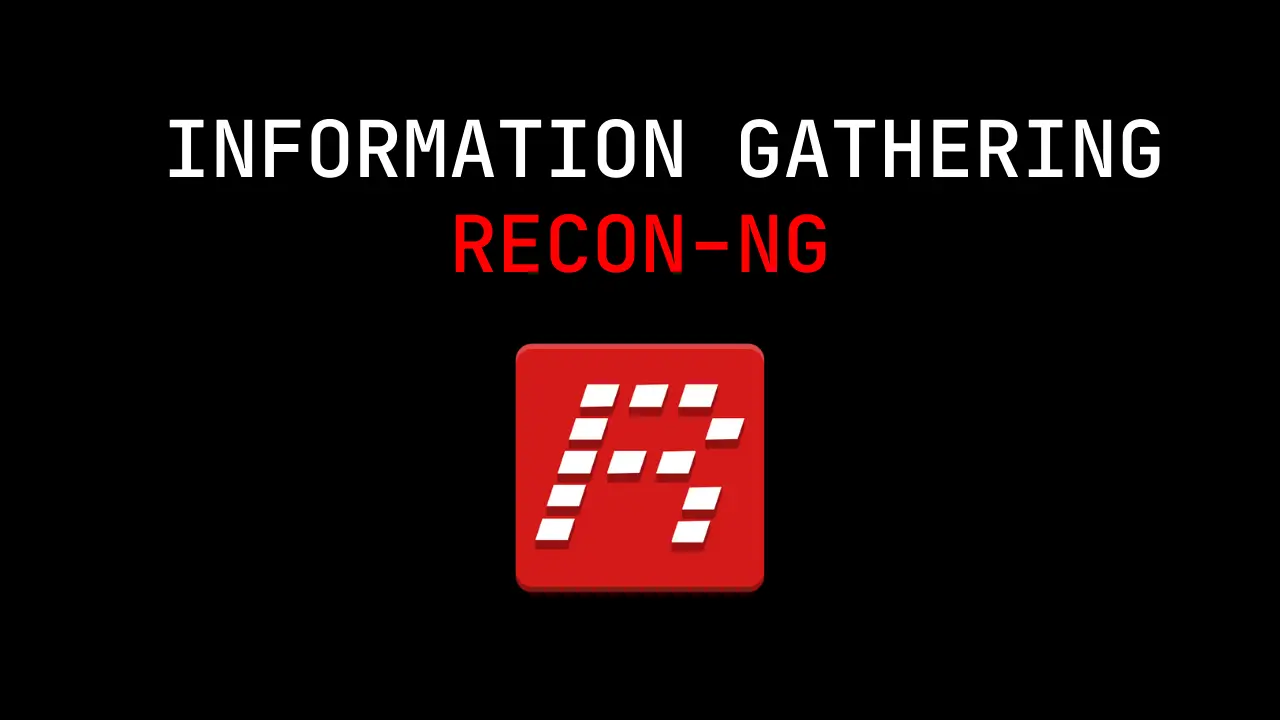Scanning and Enumeration Tools: Advanced Commands for Penetration Testing
Introduction
Penetration testing is a critical process in identifying vulnerabilities and improving the security of a system or network. Scanning and enumeration are the initial steps in the penetration testing process, which involve gathering information about the target system or network. Various tools are used for scanning and enumeration, and the use of advanced commands can enhance the accuracy and effectiveness of these phases. In this blog post, we will discuss popular scanning and enumeration tools and their advanced commands that can help penetration testers in identifying and exploiting vulnerabilities in the target system or network.
Nmap
- TCP SYN Stealth Scan: nmap -sS [target IP or hostname]
- UDP Scan: nmap -sU [target IP or hostname]
- OS Detection with Version Detection: nmap -O -sV [target IP or hostname]
- Network Host Discovery: nmap -sn [network IP range]
Nessus
Nessus is a widely used vulnerability scanner that can identify vulnerabilities, misconfigurations, and other security issues in the target system. Its advanced commands include Scanning with a customized policy, Selecting plugins to scan, and Scheduling scans.
- Scanning with a customized policy: nessuscli scan new --policy-name [policy name] --target [target IP or hostname]
- Selecting plugins to scan: nessuscli scanner list --plugins | grep [keyword]
- Scheduling scans: nessuscli schedule add --target [target IP or hostname] --time "20:00" --freq "Daily"
Burp Suite
Burp Suite is a powerful web application security testing tool that can be used for scanning and identifying vulnerabilities in web applications. Its advanced commands include Scanning a web application, Customizing scan settings, and Configuring a proxy server.
Recon-ng
Recon-ng is an advanced reconnaissance framework that can be used to gather information about the target system or network. Its advanced commands include Importing data from external sources, Searching for modules, and Running a module.
- Importing data from external sources: recon-cli --module import/csv --csv /path/to/csv/file
- Searching for modules: recon-cli --show modules | grep [keyword]
- Running a module: recon-cli --module [module name] --option [option]=[value]
Conclusion
The use of advanced commands in scanning and enumeration
tools can greatly improve the accuracy and effectiveness of the penetration
testing process. However, it is crucial to ensure that proper authorization is
obtained before using these tools and commands to avoid legal and ethical
issues. Penetration testers should have a thorough understanding of the tools
and their advanced commands to ensure they are used effectively and
efficiently. By using these tools and commands appropriately, penetration
testers can identify and exploit vulnerabilities in the target system or
network, improving the overall security of the system.
Note: These commands are just examples and should be modified based on the specific requirements of the penetration testing project. Additionally, it's important to ensure that proper authorization is obtained before using these tools and commands to avoid legal and ethical issues.




Comments
Post a Comment